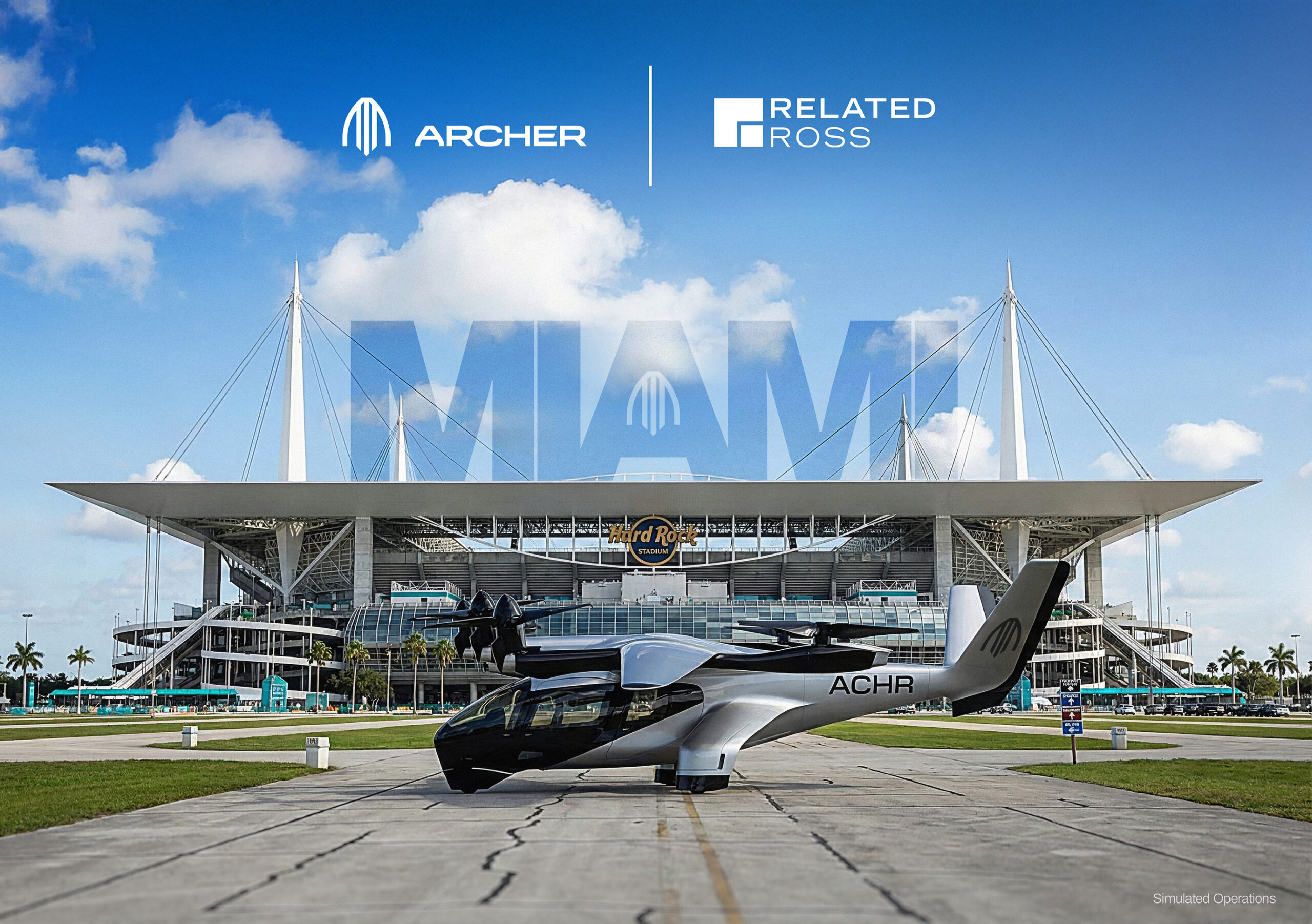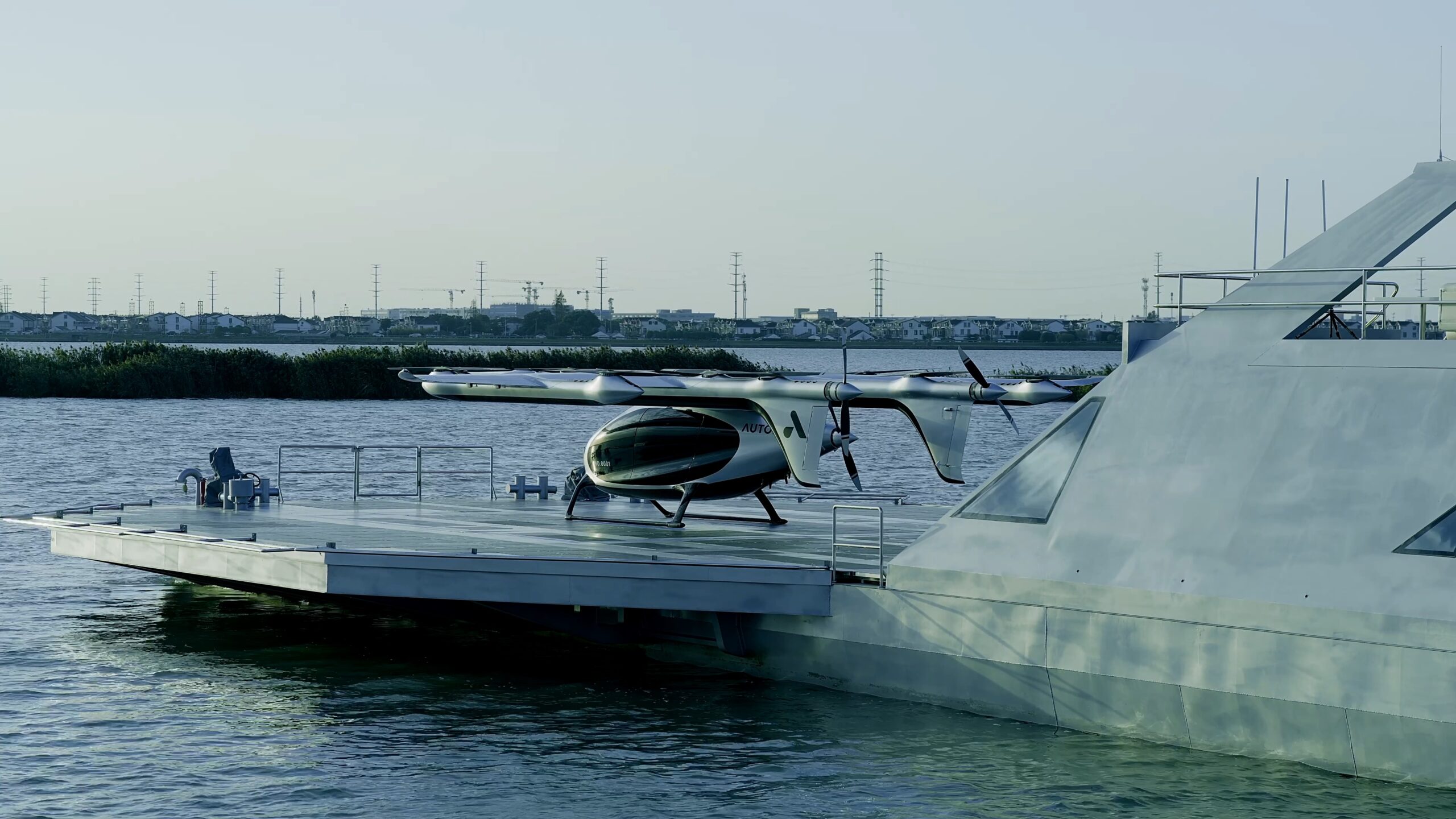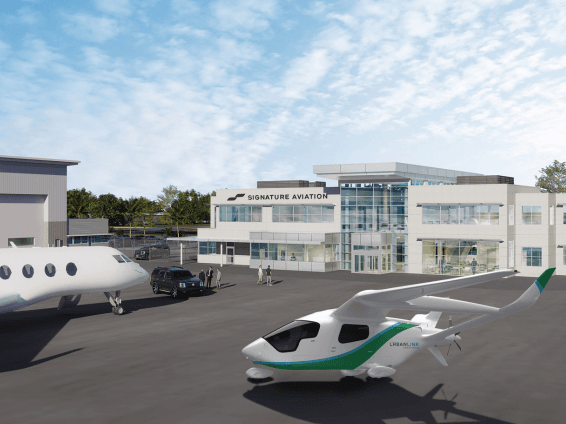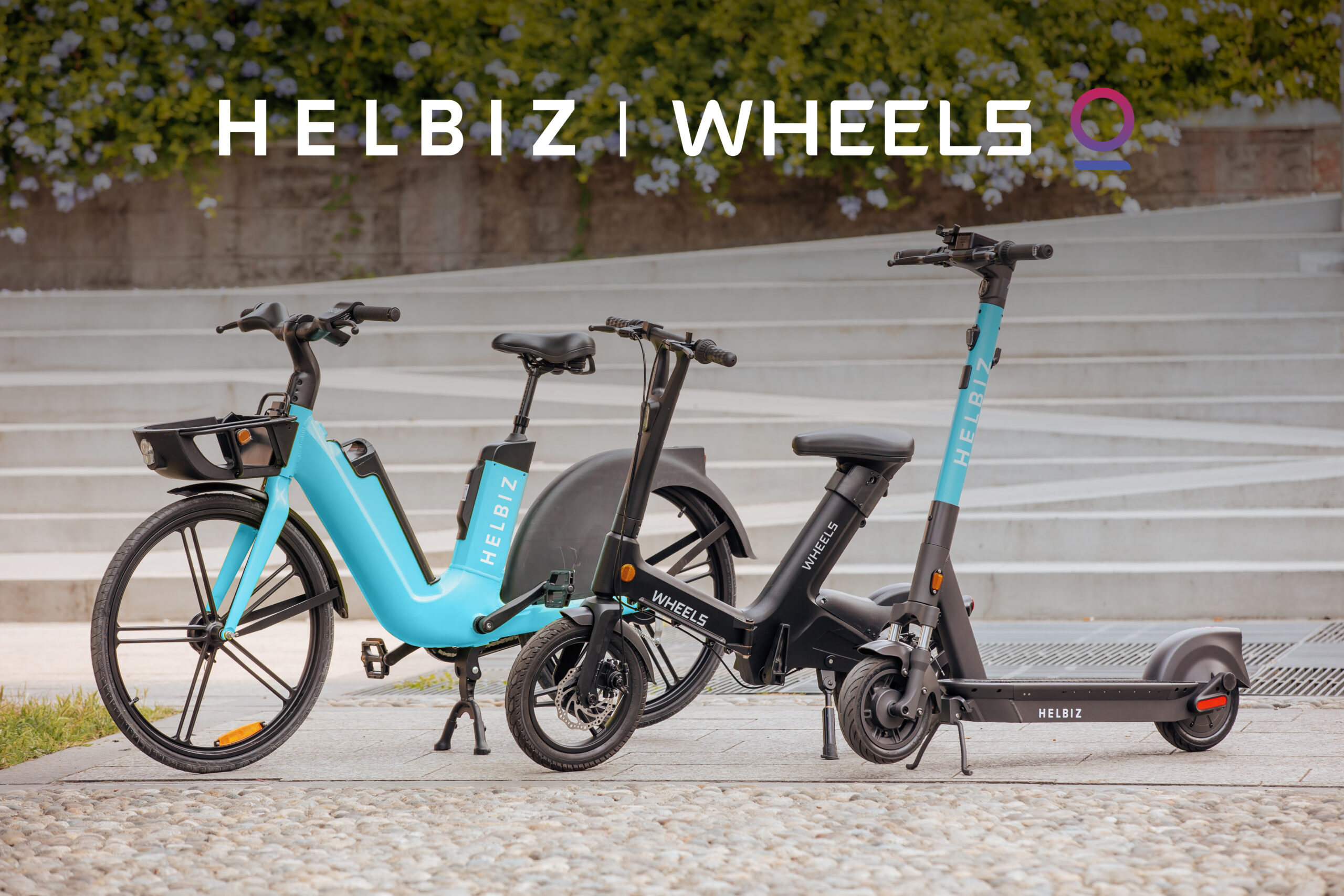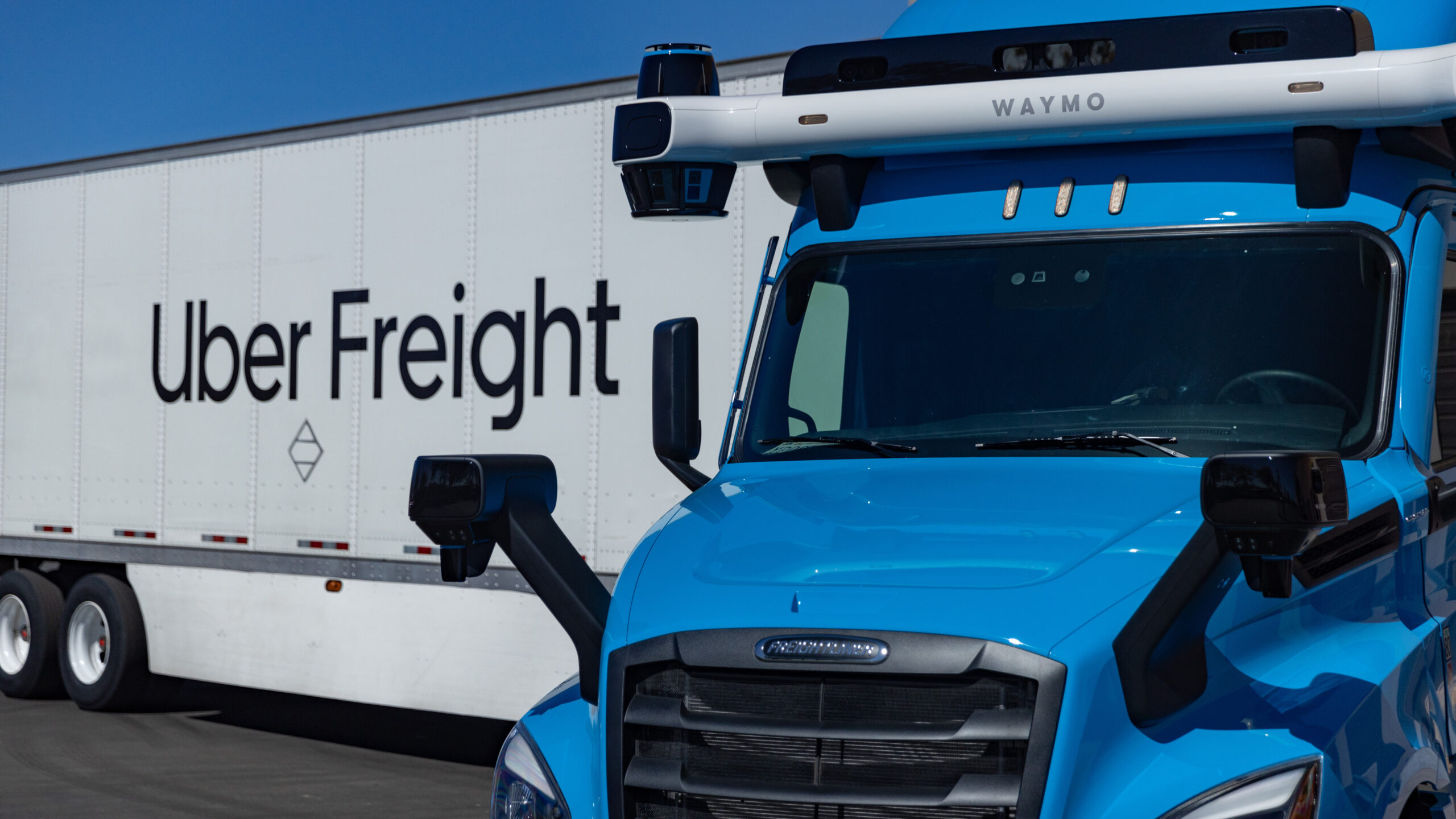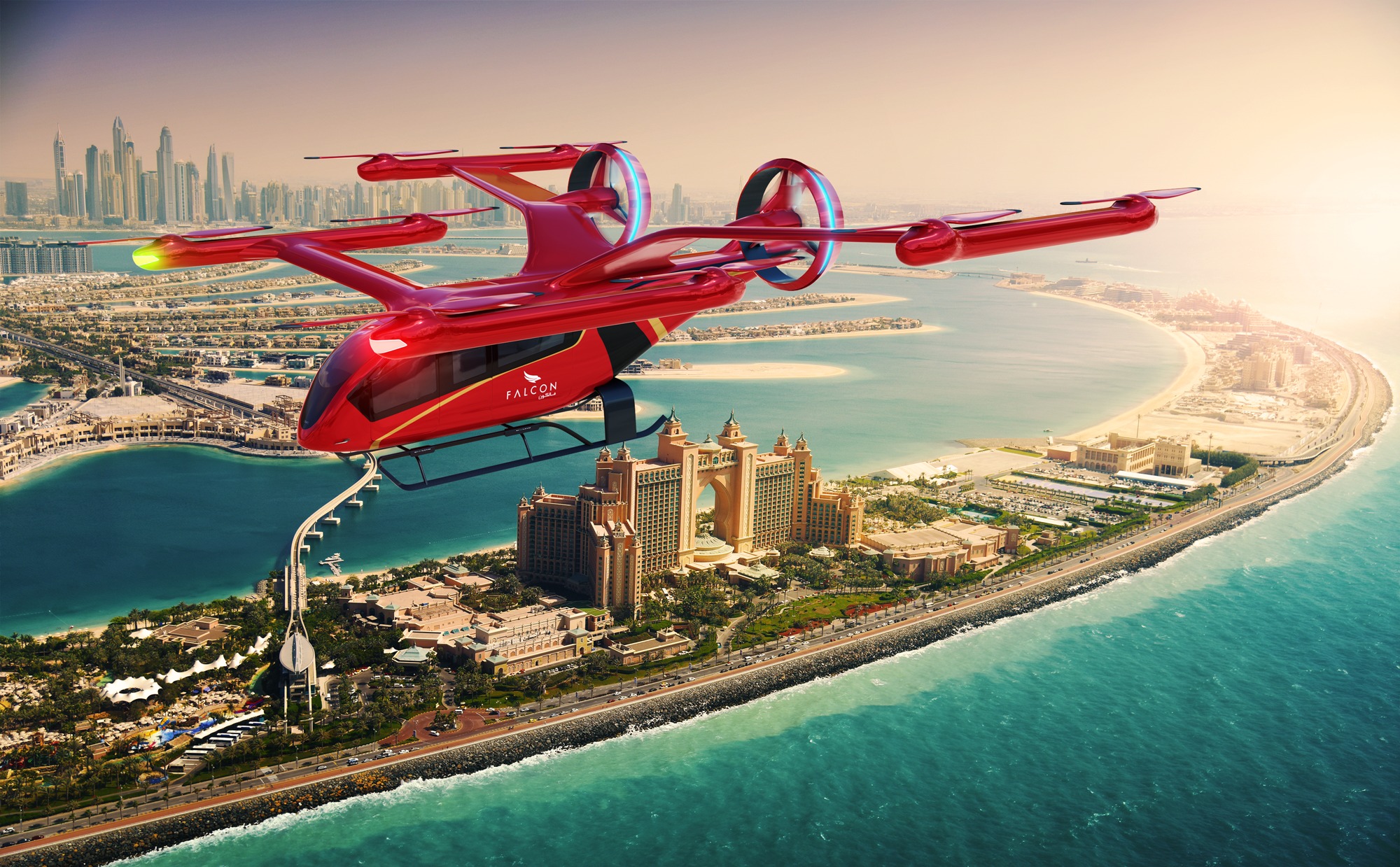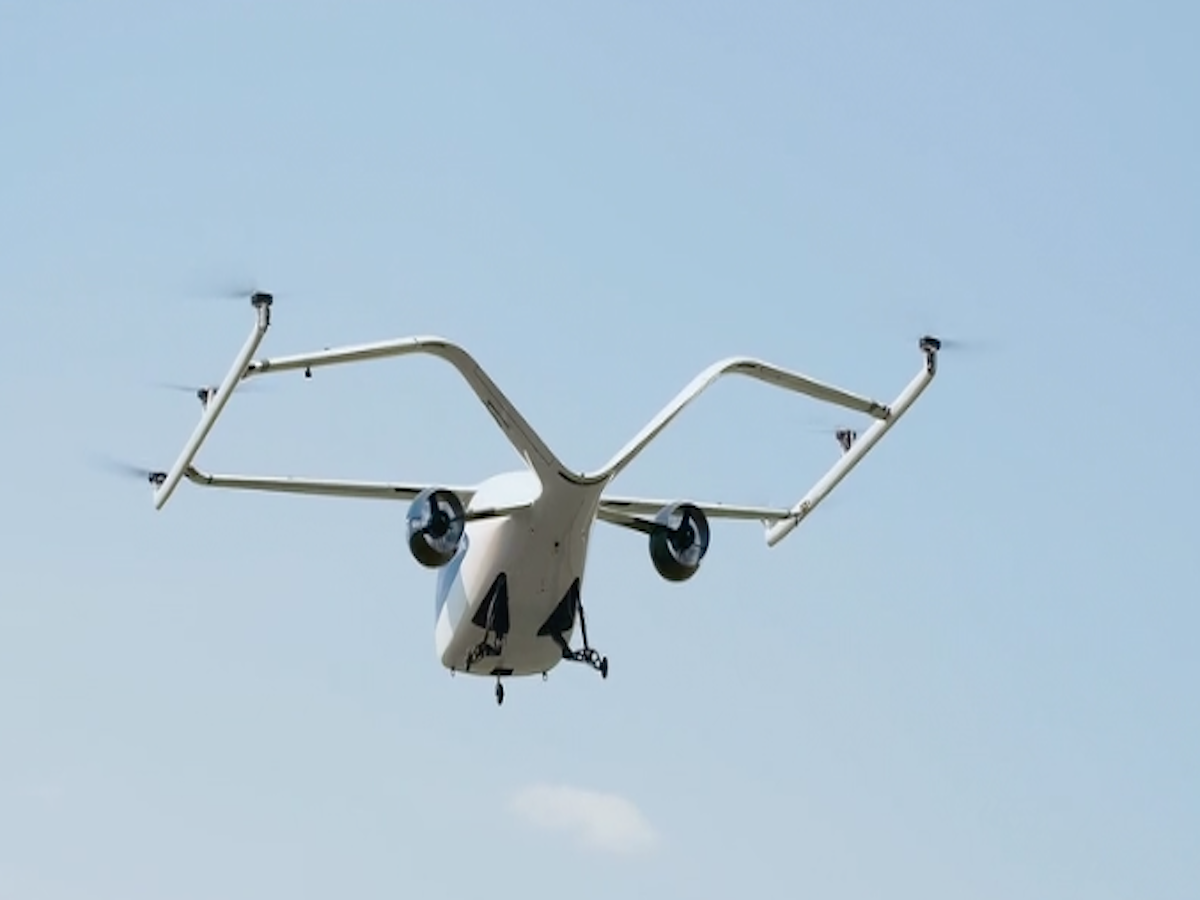NASA’s Advanced Air Mobility (AAM) mission is working to develop design tools to help manufacturers reduce noise impacts of future drones and air taxis.
Noise is a common concern associated with integrating urban air mobility into future transport networks. Through its AAM project, NASA is therefore working to minimise the noise levels such aircraft produce.
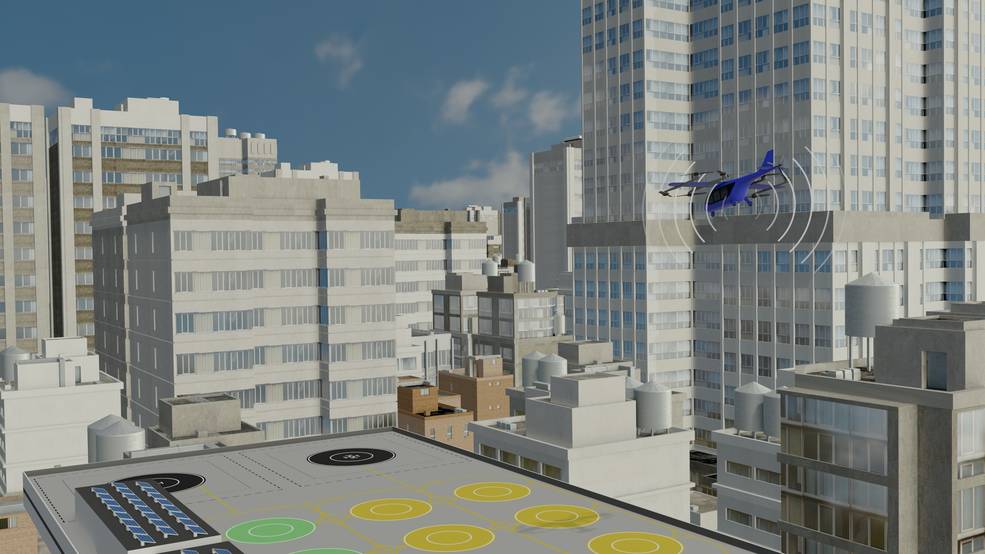
NASA’s AAM and Revolutionary Vertical Lift Technology projects are collaborating to test and analyse electric vertical take-off and landing aircraft (eVTOLs). These tests will ensure that aircraft design tools can correctly predict noise levels, allowing manufacturers to design vehicles that can operate quietly in urban and rural areas.
In addition, the data will help optimise air mobility routes and define low-noise flight paths, as the results will assist the Federal Aviation Administration (FAA) in creating relevant policy.
NASA’s AAM programme includes multiple projects that aim to make advanced air mobility a reality, including work on automation, vertiport and vehicle design, and airspace design.



